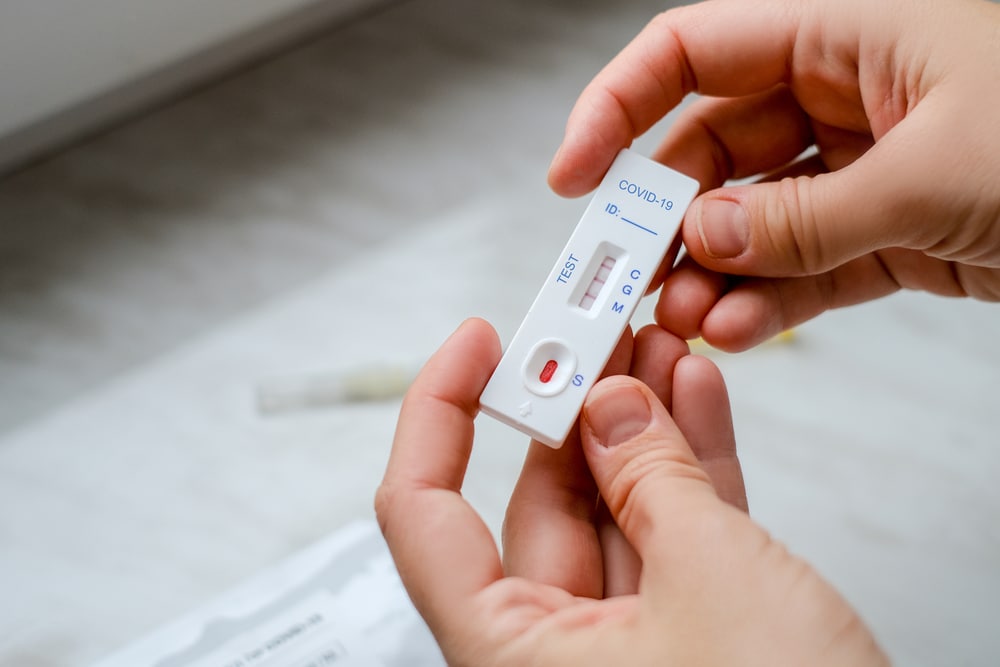You and your health care provider might consider an at-home collection kit or test if you have COVID-19 symptoms and can’t get tested by a health care provider.
At-home collection kits and tests are available either by prescription or over the counter in a pharmacy or retail store without a prescription. The Centers for Disease Control and Prevention (CDC) is providing recommendations for at-home COVID-19 testing to detect a current infection.
Collecting Specimens
Follow the instructions included with the specimen collection or test kit. Most tests require a nasal specimen collected with a swab, or a saliva specimen.
Once collected, send the specimen to a testing facility or use the specimen to complete the at-home test, according to the manufacturer’s instructions.
Performing the Test
Carefully follow the manufacturer’s instructions and reference any other recommended resources, such as reference guides or instructional videos, to help you perform the test correctly.
Consider the following testing tips:
- Store all test components according to the manufacturer’s instructions until ready for use.
- Don’t use expired tests or test components that are damaged or discolored.
- Disinfect the countertop, table or other surface where you will do the test.
- Don’t open test devices or other components until the testing process is about to occur.
- Read and record test results only within the amount of time specified in the instructions.
- Don’t reuse test devices or other components.
After you have the results, discard the specimen collection swab and test kit in the trash. Then, disinfect all surfaces that the specimen may have touched and wash your hands.
Understanding Test Results
Communicate your results to your health care provider, who is responsible for reporting your test results to the state health department. Here’s how to read your at-home test results:
- If your test is positive, tell your health care provider about your test result and stay in contact with them during your illness. See the CDC’s isolation guidance to understand how to safely separate yourself from others while recovering from COVID-19, depending on whether you have symptoms or not.
- If your test is negative, the virus that causes COVID-19 was not found in your specimen. If you took the test while you had symptoms and followed all instructions carefully, a negative result usually means your current illness is not COVID-19.
- If your result shows an invalid result or error, the test did not work properly. Refer to the package instructions and contact the manufacturer for assistance.
Regardless of your test results, you should always review the results with your health care provider. Your health care provider will consider the test result together with your symptoms and possible exposure in deciding how to care for you.
For More Information
If you have COVID-19 symptoms—and especially if you have been exposed to someone who has COVID-19—you should quarantine according to the CDC’s guidance. If you aren’t feeling well but still would like to see a doctor, consider scheduling a telehealth visit. Follow us on LinkedIn and like us on Facebook for more health and safety tips.
Source: CDC

